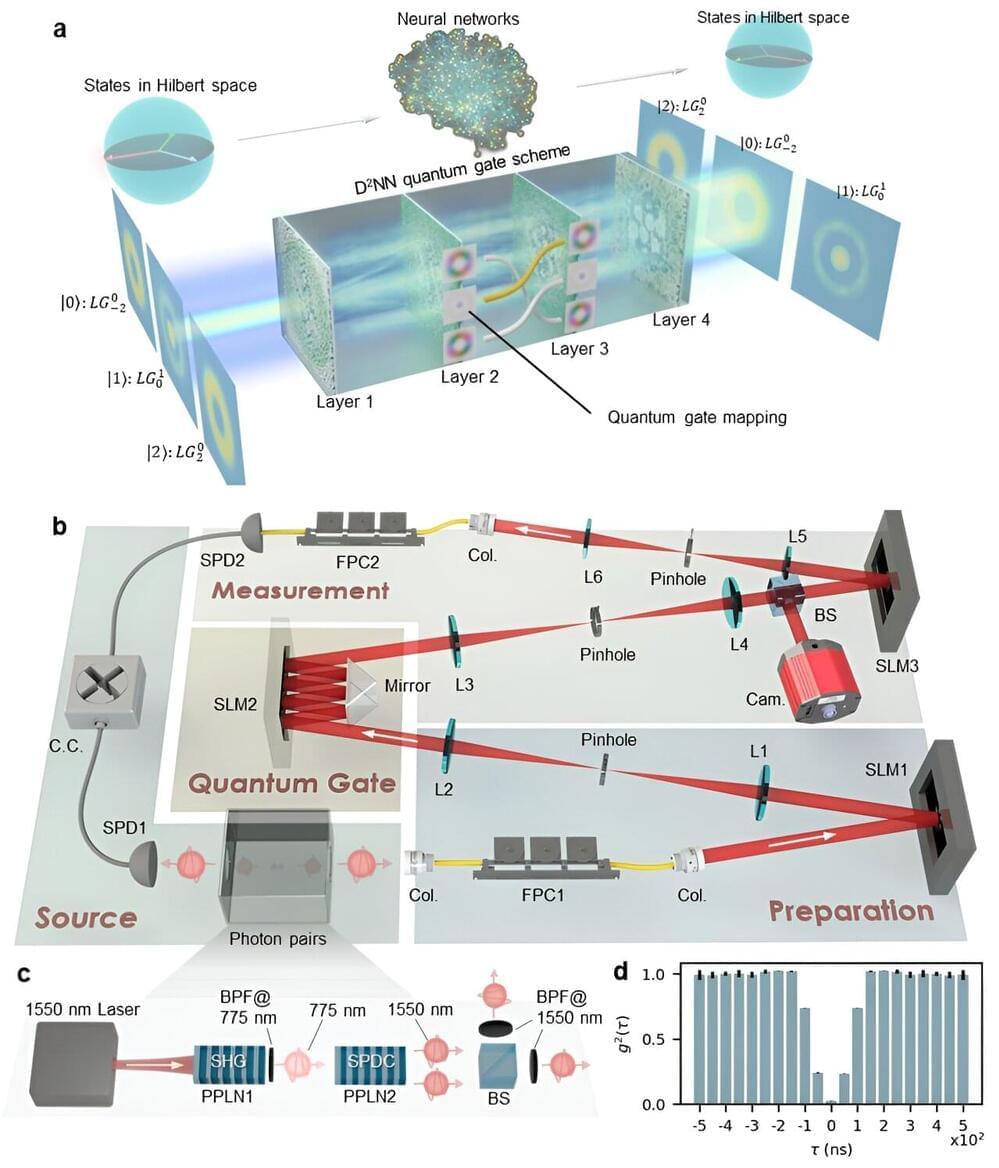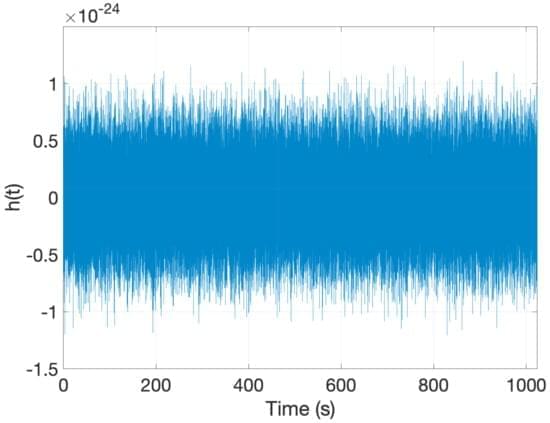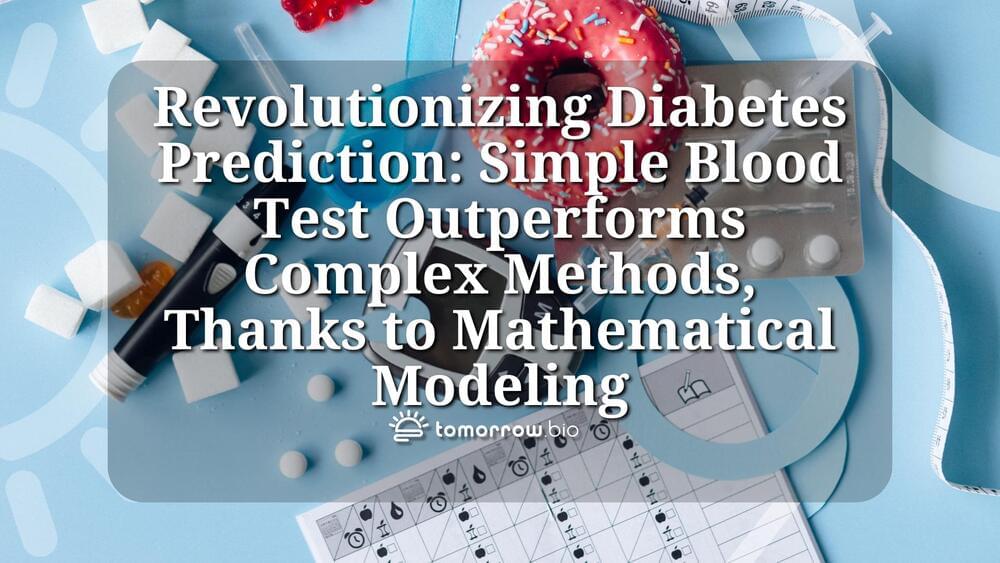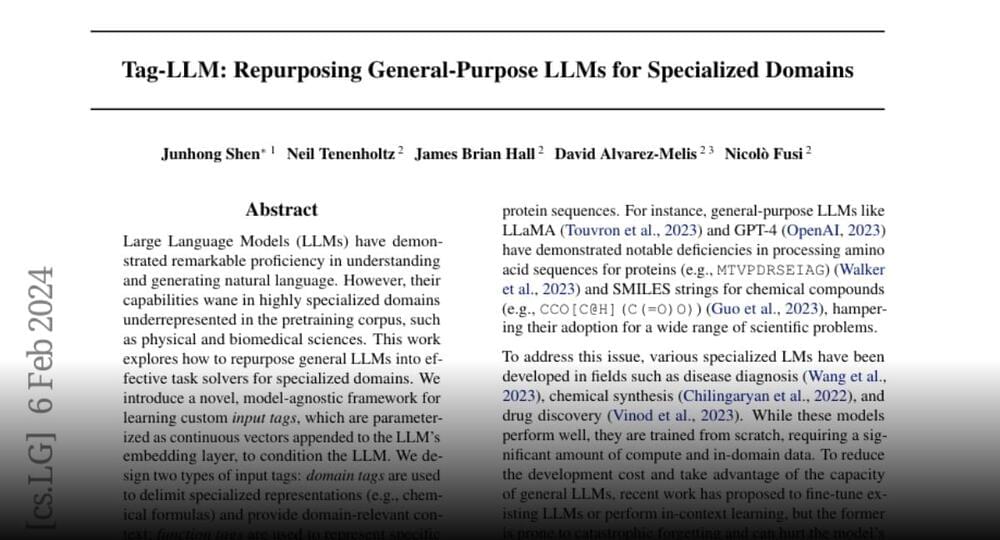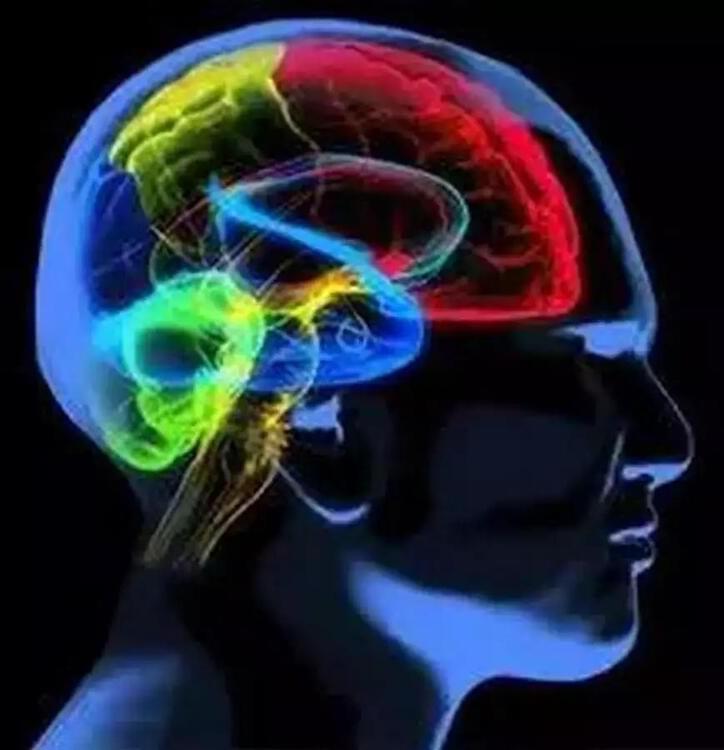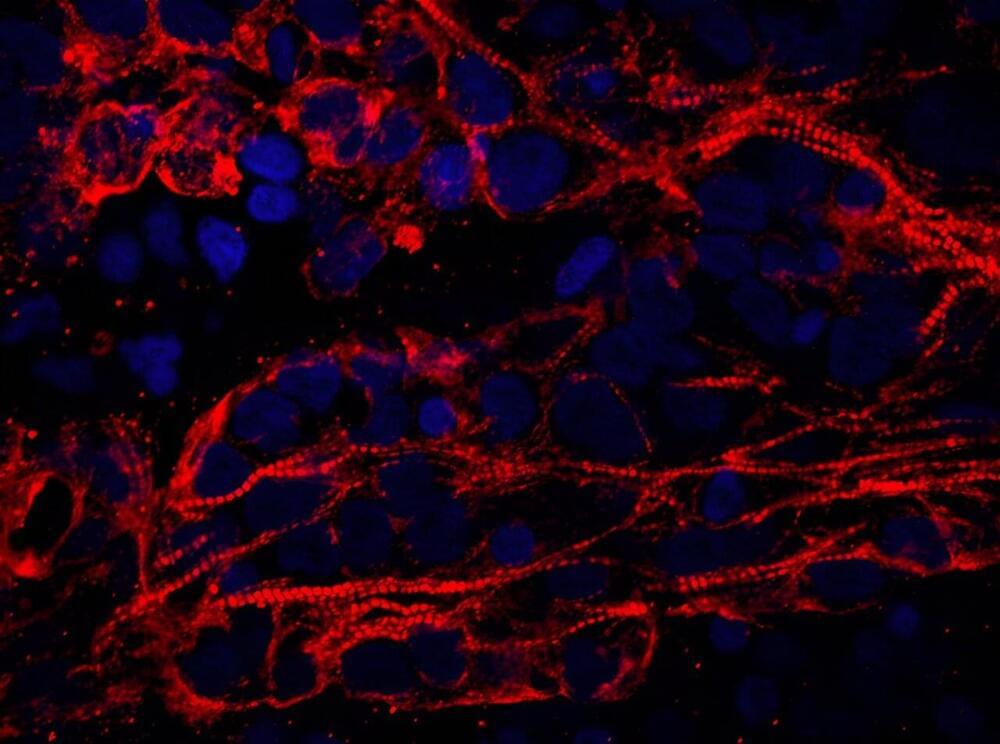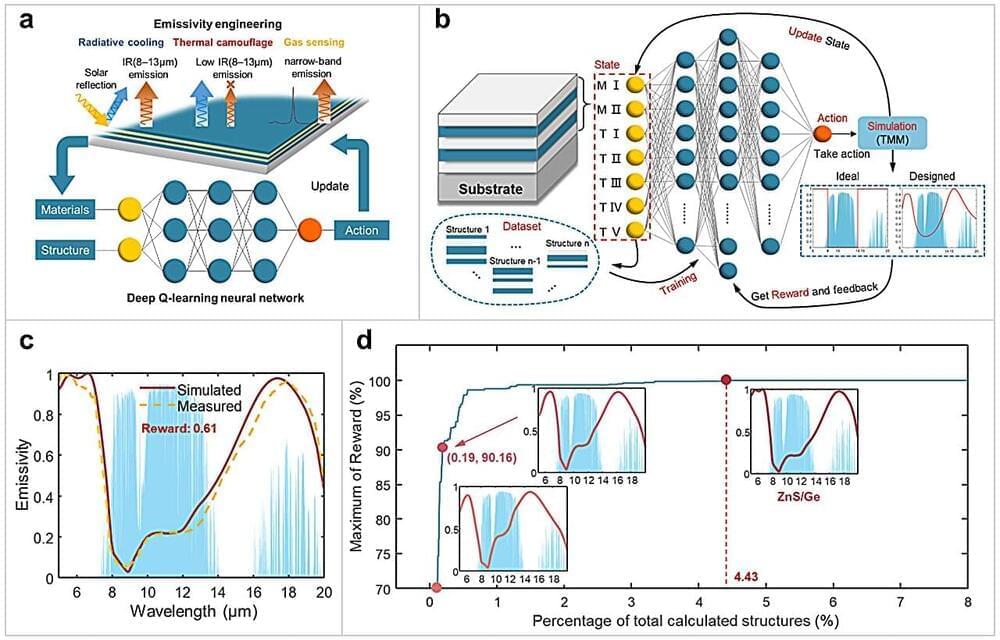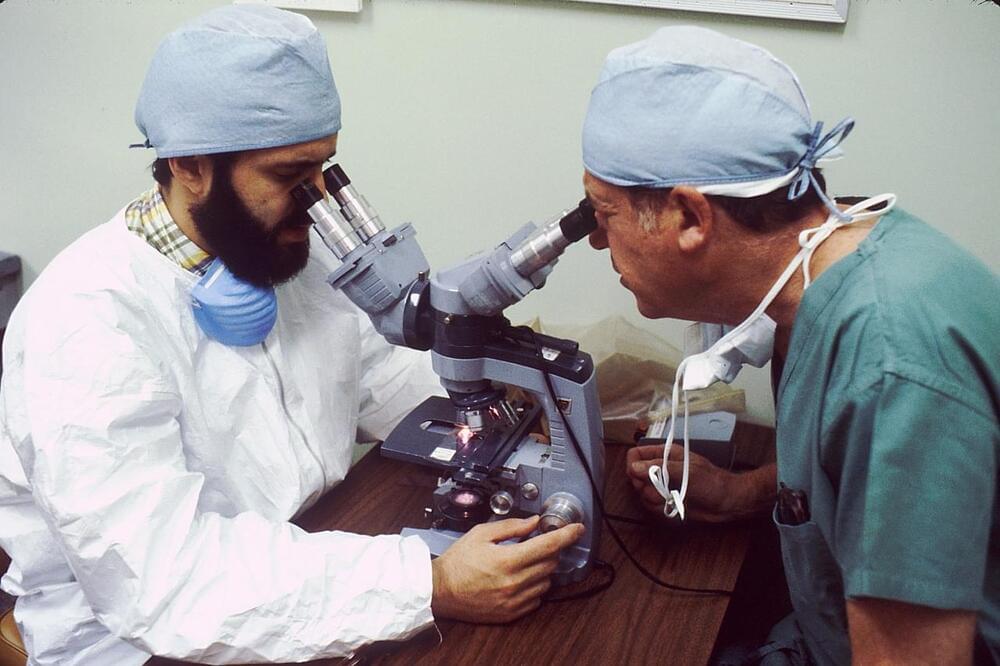Feb 9, 2024
High fidelity spatial mode quantum gates enabled by diffractive neural networks
Posted by Dan Breeden in categories: quantum physics, robotics/AI
Reliable quantum gates are the fundamental component of quantum information processing. However, achieving high-dimensional unitary transformations in a scalable and compact manner with ultrahigh fidelities remains a great challenge.
To address this issue, scientists in China showcase the use of deep diffractive neural networks (D2NNs) to construct a series of high-dimensional quantum gates, which are encoded by the spatial modes of photons. This work, published in Light: Science & Applications, offers a new paradigm for quantum gate design using deep learning.
Quantum computing holds the promise of transforming our information processing methodologies, and at its core, reliable quantum logic gates play an essential role in quantum information processing.
